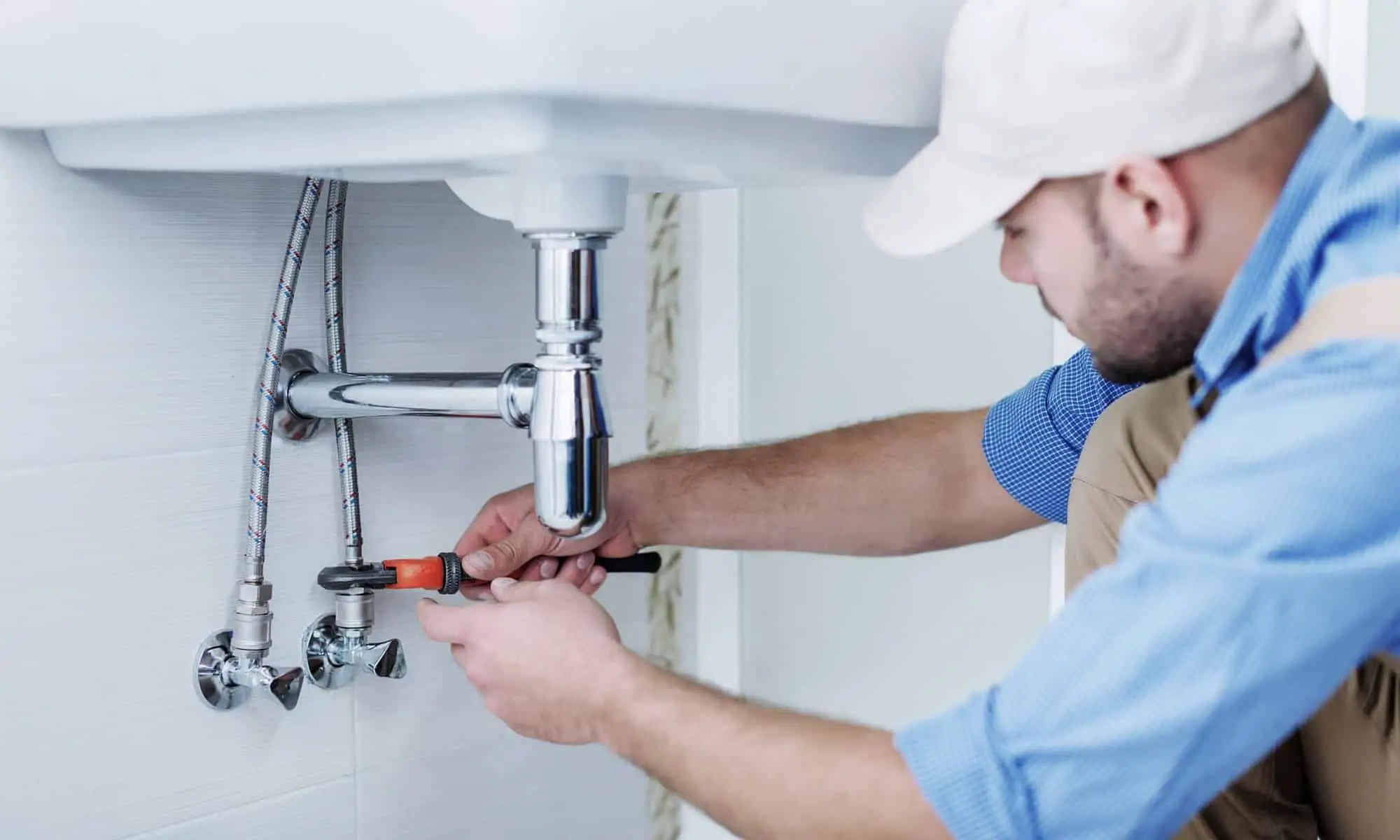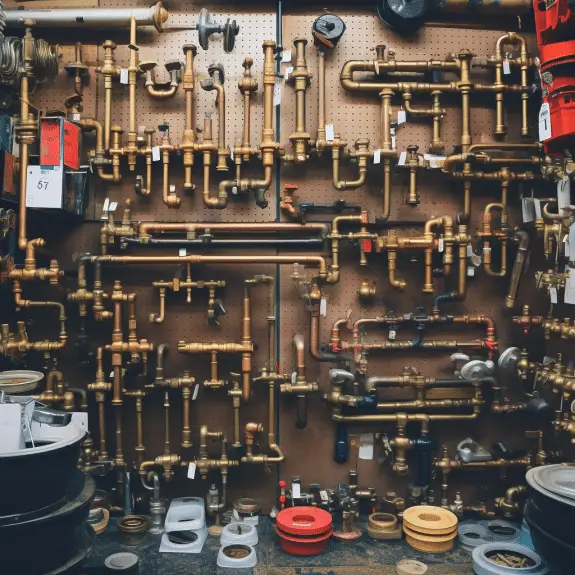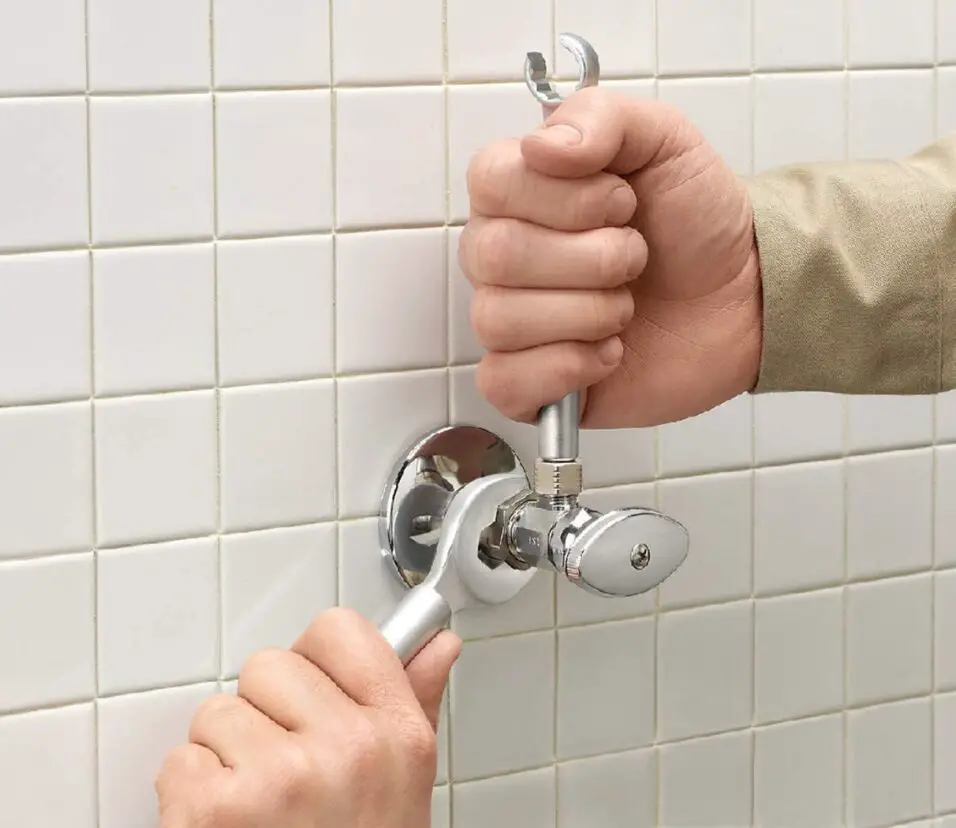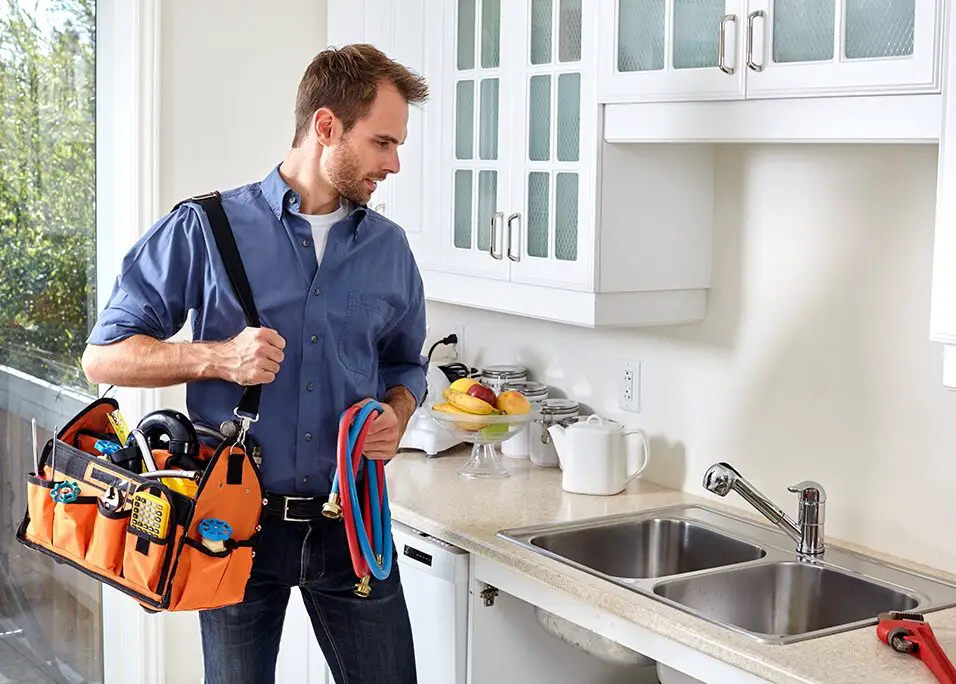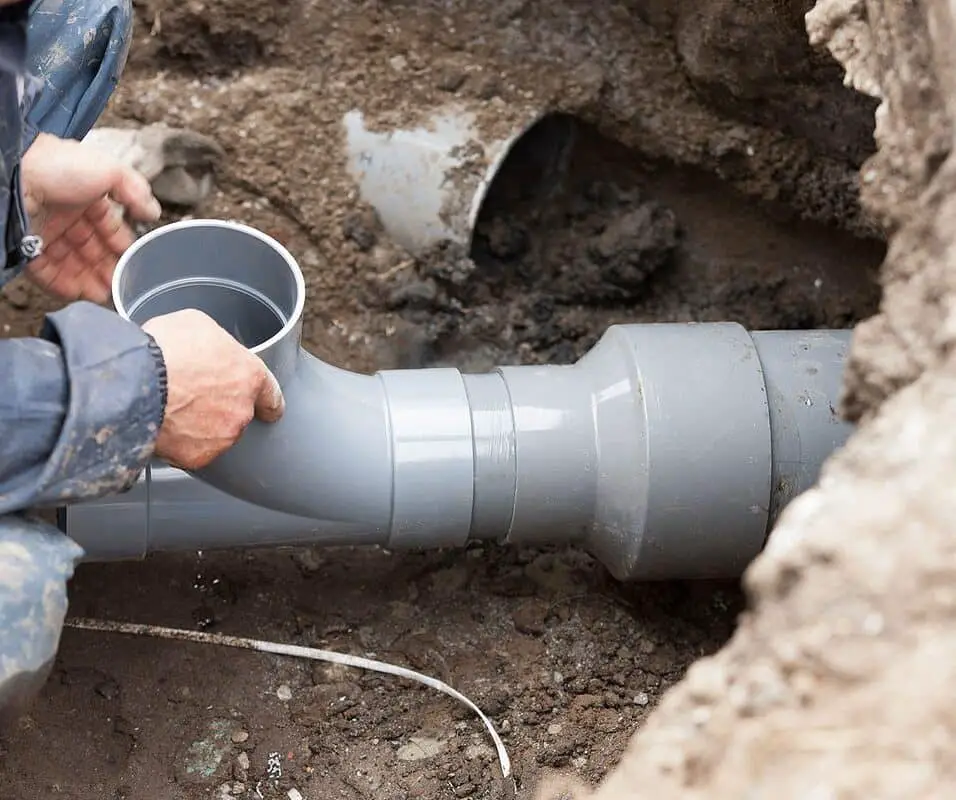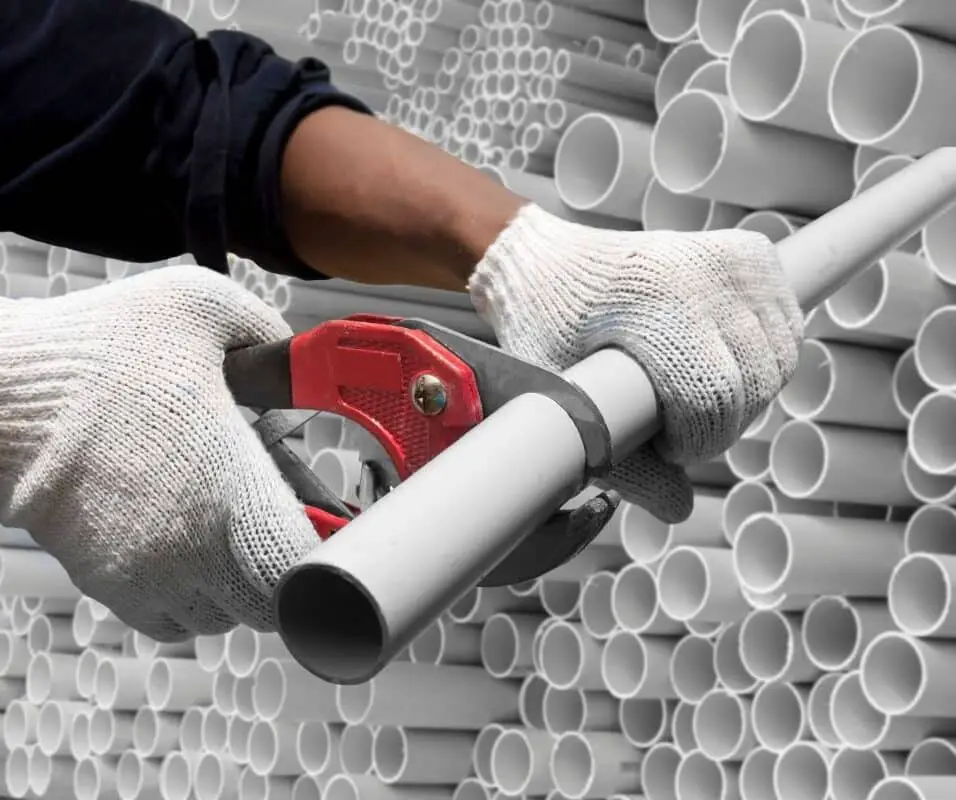When Was The First Indoor Plumbing
Introduction:
The advent of indoor plumbing stands as a testament to human ingenuity and the pursuit of better living conditions. While the exact origins of indoor plumbing are difficult to pinpoint, evidence suggests that various ancient civilizations had early forms of indoor plumbing dating back thousands of years. This essay explores the history of indoor plumbing and attempts to shed light on when the first instances of this revolutionary technology emerged.
Indoor plumbing can be traced back to ancient civilizations that recognized the importance of water supply and sanitation. One notable example is the Indus Valley Civilization, which thrived in present-day Pakistan and northwest India from around 3300 BCE to 1300 BCE. Archaeological findings reveal that the cities of Mohenjo-Daro and Harappa had complex water and sewage systems, including indoor toilets, drainpipes, and public baths. This demonstrates an impressive understanding of plumbing principles and a commitment to improving sanitation in daily life.
Similarly, ancient Egypt, dating back to around 3000 BCE, showcased advancements in plumbing technology. The Egyptians developed intricate systems of water canals, reservoirs, and aqueducts to supply water to households, gardens, and public buildings. Evidence also suggests that some households had indoor toilets connected to sewage drains, indicating a rudimentary form of indoor plumbing. These early attempts at indoor plumbing illustrate the early recognition of the importance of clean water supply and the need for effective waste disposal.
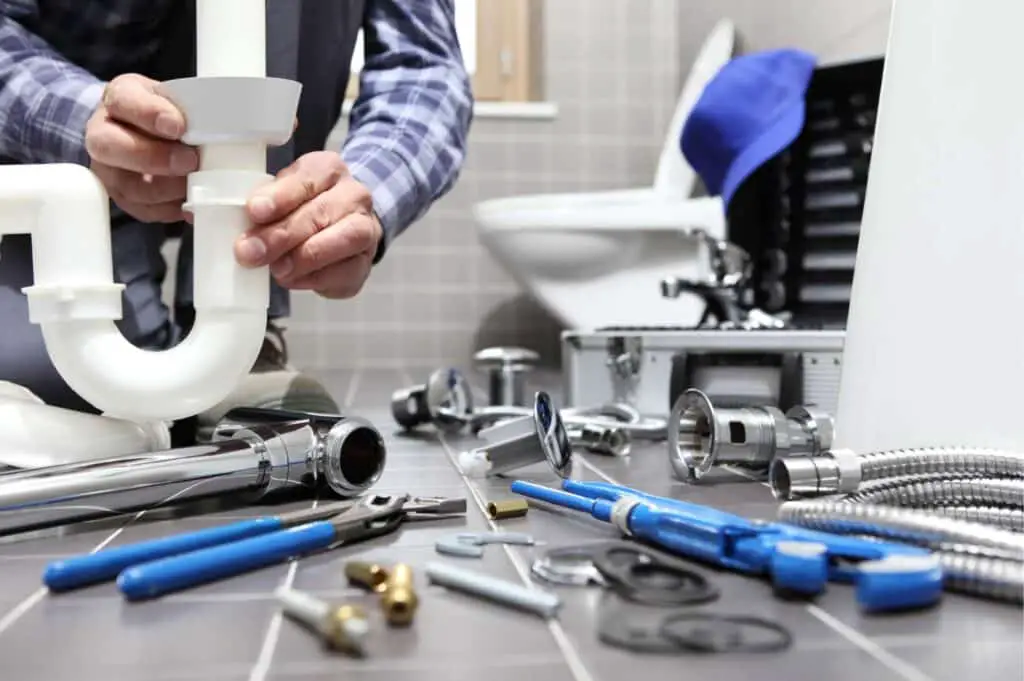
Who invented the toilet and indoor plumbing?
Modern Plumbing
In 1775, Alexander Cummings patented the flush toilet. However, it was not for another 75 years, in 1850, that Thomas Crapper created the toilets that became part of the mainstream. In 1861, Thomas Crapper’s plumbing and sanitary engineering business became famous for his high-quality work.
The invention of the toilet and indoor plumbing can be attributed to multiple civilizations and individuals throughout history. It is important to note that the development of these technologies was an evolutionary process rather than the result of a single invention.
One significant figure in the history of indoor plumbing is Sir John Harington, an English courtier and inventor. In 1596, Harington designed and installed a flush toilet, known as the “Ajax,” for Queen Elizabeth I of England. Although Harington’s invention was a notable advancement in plumbing technology, it did not lead to widespread adoption at the time.
Ancient Rome also played a crucial role in the development of indoor plumbing. Romans constructed complex networks of aqueducts, pipes, and drains to bring fresh water into their cities and carry wastewater away. The Roman public baths and wealthy households had advanced plumbing systems, including indoor toilets and sewer systems. The Romans’ engineering expertise and advancements in water supply and sanitation greatly influenced the evolution of plumbing throughout history.
Is indoor plumbing an invention?
Indoor plumbing was invented in the early 1800s after decades of research. The most significant plumbing advances occurred over several millennia to create contemporary plumbing.
Indoor plumbing was invented. While ancient civilizations had primitive plumbing systems, modern indoor plumbing required substantial advances and improvements.
Indoor plumbing supplies clean water and controls wastewater disposal through a complicated network of pipes, fixtures, and equipment. We now have better sanitation, hygiene, and quality of life because to this technology.
Indoor plumbing benefited society much. It saved people time and effort by eliminating the need to acquire water from faraway sources. It also lowered waterborne disease risk by providing clean, reliable water.
Indoor plumbing efficiently disposed of effluent, reducing pollution and enhancing public health. It also allowed the development of toilets, showers, and sinks, which are now part of our daily existence.
What is used for indoor plumbing?
The most common plumbing pipes you’ll find inside a home are PVC, PEX, ABS, copper, or galvanized steel pipe.
Indoor plumbing utilizes a variety of materials and fixtures to ensure the efficient flow of water and waste within buildings. Commonly used components for indoor plumbing include pipes, valves, fittings, and fixtures.
Pipes
Different types of pipes are employed in indoor plumbing systems. The most commonly used materials include copper, PVC (polyvinyl chloride), PEX (cross-linked polyethylene), and galvanized steel. These pipes are used to transport water from the source to various fixtures and appliances within a building.
Valves
Valves are crucial for controlling the flow of water in indoor plumbing systems. There are different types of valves, such as gate valves, ball valves, and check valves, each serving a specific purpose. Valves allow users to regulate water supply to different areas of a building, shut off water in case of emergencies, and prevent backflow of water.
Fittings
Fittings are used to connect and join pipes together. They include elbows, tees, couplings, and adapters, among others. Fittings ensure proper alignment and secure connections between pipes, enabling efficient water flow and preventing leaks.
What came before indoor plumbing?
There were a few different types of ‘bathrooms’ before indoor plumbing came along. Some families used chamber pots. A chamber pot was a large basin one could use to relieve themselves. It would be stored under the bed or in a closet, waiting to be emptied.
In ancient Mesopotamia and Egypt, people used wells, rivers, and surrounding water sources. Water for drinking, cooking, and cleaning was manually transported to dwellings.
Early civilizations used pit toilets or latrines for waste disposal. Human garbage was dumped in these pits. Waste may also be dumped in rivers or bodies of water, but this was unsanitary.
Ancient Romans built public latrines beside community bathhouses. Stone or marble benches with perforations allowed excrement to flow into a sewer system or river from these latrines. Aqueducts brought water from distant sources to public fountains, baths, and wealthy residences in Roman cities. These water systems did not reach most of the people, thus many still collected water manually.
How important is indoor plumbing?
Modern plumbing prevents disease by keeping clean drinking water safe from human waste and effectively transporting the human waste to treatment plants.
Indoor plumbing is of paramount importance for numerous reasons, profoundly impacting our lives and society as a whole. First and foremost, it provides us with access to clean and safe water within the comfort of our homes. Clean water is essential for drinking, cooking, bathing, and maintaining proper hygiene. Indoor plumbing ensures that we have a convenient and reliable supply of water, reducing the risk of waterborne diseases and promoting overall health and well-being.
Moreover, indoor plumbing plays a crucial role in proper sanitation and waste management. It allows us to dispose of human waste safely and efficiently, preventing the spread of diseases and maintaining cleanliness in our living spaces. Without indoor plumbing, communities would face significant health risks due to the accumulation of waste and inadequate sanitation facilities.
Indoor plumbing also contributes to environmental sustainability. Modern plumbing systems include water-saving fixtures and technologies that help conserve water. These advancements minimize water wastage and promote efficient water usage, addressing water scarcity concerns and promoting responsible resource management.
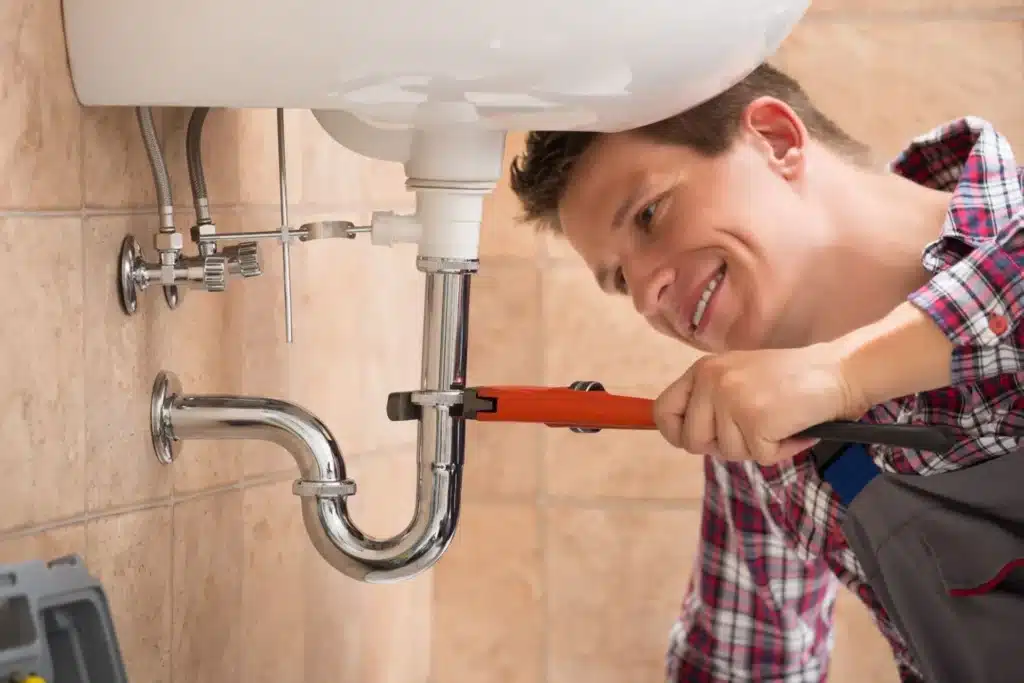
Is indoor plumbing a modern convenience?
Plumbing has gone through many evolutions to become the modern convenience that it is today, but surprisingly, certain ancient civilizations had much more advanced plumbing systems than most people realize.
Yes, indoor plumbing can be considered a modern convenience. While the concept of plumbing has been around for thousands of years, the development and widespread implementation of modern indoor plumbing systems are relatively recent. Indoor plumbing refers to the network of pipes, fixtures, and fittings that bring clean water into buildings and remove wastewater. It allows us to have convenient access to clean water for drinking, cooking, bathing, and various household activities.
Before the advent of indoor plumbing, obtaining water required significant effort, often involving fetching water from distant sources such as wells or rivers. With indoor plumbing, we have the luxury of turning on a tap and instantly accessing clean water. This convenience saves time, energy, and physical labor.
Moreover, indoor plumbing has revolutionized sanitation and hygiene. It enables the safe and efficient disposal of waste, reducing the risk of waterborne diseases and improving public health. The availability of indoor toilets with a connected sewage system eliminates the need for unsanitary outhouses or pit latrines, providing a more hygienic and comfortable experience.
How much of the world does not have indoor plumbing?
Around 60 percent of the world’s population — 4.5 billion people — either have no toilet at home or one that doesn’t safely manage human waste.
According to data from September 2021, 2.2 billion people—29% of the global population—lack safe and appropriate indoor plumbing. This lack of access to proper sanitation and clean water facilities poses significant challenges for individuals and communities worldwide.
The absence of indoor plumbing affects various regions, with the highest numbers found in developing countries and marginalized communities. In many rural areas, particularly in sub-Saharan Africa, Asia, and Latin America, access to clean water and sanitation remains a significant challenge. Lack of infrastructure, limited resources, and inadequate government support contribute to the prevalence of this issue.
The consequences of not having indoor plumbing are far-reaching. People without clean water must use dangerous water sources, which increases the risk of waterborne infections and poor hygiene.The absence of proper sanitation facilities also leads to open defecation, further exacerbating health risks and environmental pollution.
What is the new plumbing material?
Cross-linked polyethylene (PEX), a type of flexible plastic, is currently replacing traditional copper and galvanized steel as water supply lines in both new construction and remodeling projects.
One of the new plumbing materials that has gained popularity in recent years is cross-linked polyethylene, commonly known as PEX. PEX is a flexible, durable, and corrosion-resistant plastic material that has revolutionized plumbing installations. It offers several advantages over traditional materials like copper and PVC.
PEX’s flexibility makes installation in tight places and around obstructions straightforward. It may be bent and curved without fittings, eliminating leaks and simplifying plumbing. Additionally, PEX is resistant to freezing and bursting, making it suitable for cold climates and areas prone to temperature fluctuations.
Another benefit of PEX is its resistance to corrosion and scale buildup. Unlike copper pipes, PEX does not corrode over time, ensuring a longer lifespan for the plumbing system. Its smooth interior surface also prevents the accumulation of mineral deposits and scale, which can restrict water flow and reduce efficiency.
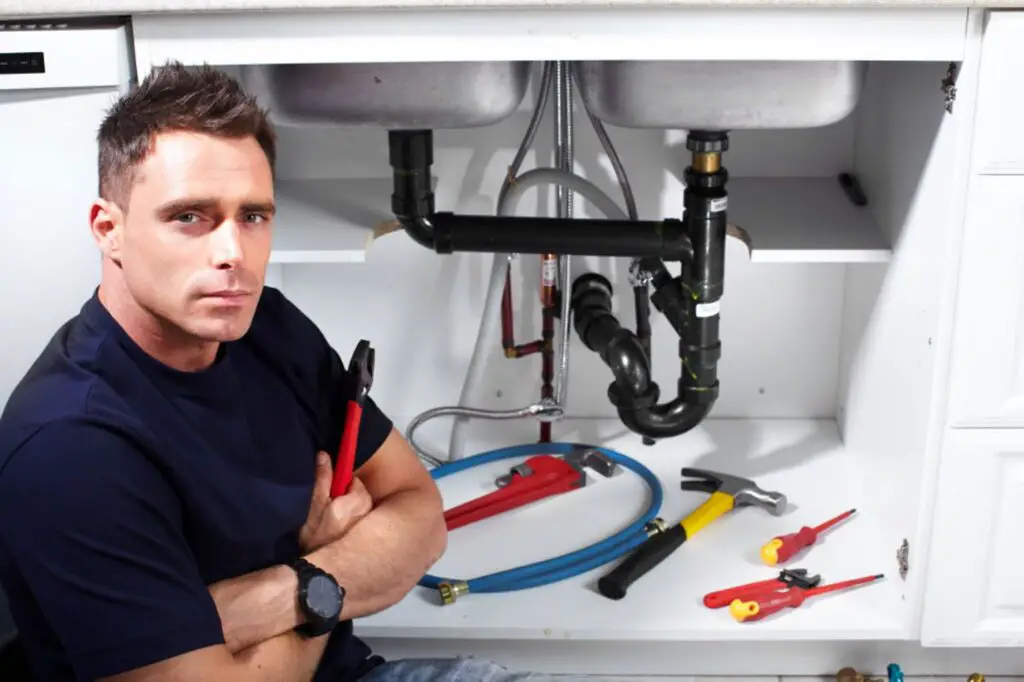
Conclusion
The advent of indoor plumbing marks a significant milestone in human history. While the exact date of its inception is difficult to pinpoint, archaeological evidence suggests that ancient civilizations such as the Indus Valley Civilization, ancient Egypt, and ancient Rome had rudimentary forms of indoor plumbing as early as 4000 BCE. However, it was during the late 19th and early 20th centuries that modern indoor plumbing systems, as we know them today, began to be widely implemented.
It supplied clean water to houses, eliminating the need to transport water and lowering waterborne infections. Indoor plumbing allowed for more controlled waste disposal, lowering pollution and increasing public health.
Early indoor plumbing systems included simple pipes and fixtures, but water heaters, sewage systems, and water treatment facilities were added later. With advances in materials, technology, and engineering, indoor plumbing has become an essential aspect of modern infrastructure, providing clean water and sanitation to billions.



